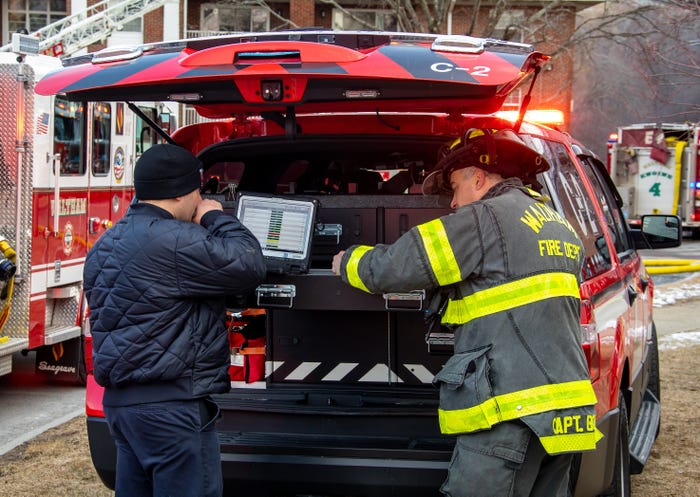UK’s ESN watches on as LTE public safety networks proliferateUK’s ESN watches on as LTE public safety networks proliferate

It was recently suggested that the UK’s Emergency Services Network (ESN) had encountered so many difficulties along the way in part because of one simple fact: it was ahead of its time. At least, that was the suggestion of Simon Ricketts, a senior technology adviser and chair of the Independent Technical Assurance Panel at the Home Office, during a recent hearing before the parliamentary Public Accounts Committee (PAC).
Meg Hillier, the chair of PAC, noted that the idea of the ESN was born after the London bombings on July 7, 2005 because problems were identified with the old TETRA-based Airwave system, “which did not work in some circumstances. That was part of the reason for introducing the new system. To date, it has cost around £2 billion [US$2.5 billion].”
The aim was to build a system based on new mobile broadband technologies, namely LTE, using the 4G network that was under construction by BT-owned mobile operator EE. Certainly, one of the concerns raised when the idea of an LTE-based ESN was first mooted was that the technology was very new and therefore untested. Indeed, it wasn’t until around 2013 that work was underway in Release 12 of 3GPP LTE standards to enhance LTE to meet public safety application requirements. Further progress on mission-critical push-to-talk (MC-PTT) and other features was then scheduled for Release 13, and further progress has been made since.
As Ricketts commented during the PAC hearing in April 2023, although ESN has been beset by delay and is now well over budget, “broadband-based cellular networks is the right technology – 4G, 5G, 6G. There isn’t really another game in town.”
“Standards have moved on. Releases 13, 14 and 15 … which govern this network – are here,” Ricketts added. He further observed that after the UK completed an international review of seven other European countries, the US and South Korea, it concluded that “everyone is now starting to move in this general broadband direction.”
The 3GPP also noted that early leadership in applying LTE to public safety applications came from the USA while other markets were still focused on dedicated public safety systems based on standards such as TETRA. Today, multiple countries are now pursuing public safety networks based on LTE and eventually 5G.
Much to the envy of the UK, some markets such as France look to be making much faster progress, in part because standards have moved on, more vendors are getting involved, and the technology is increasingly being put through its paces.
Building a head of steam
According to a December 2022 report from SNS Telecom & IT, 3GPP-compliant public safety networks are eventually expected to be in a position to fully replace legacy land mobile radio (LMR) systems by the mid-to-late 2020s. The research company also estimated that annual investments in public safety LTE and 5G infrastructure would reach nearly $1.6 billion by the end of 2022, and predicted a further increase to $2.3 billion by the end of 2025.
To read the complete article, visit Light Reading.



